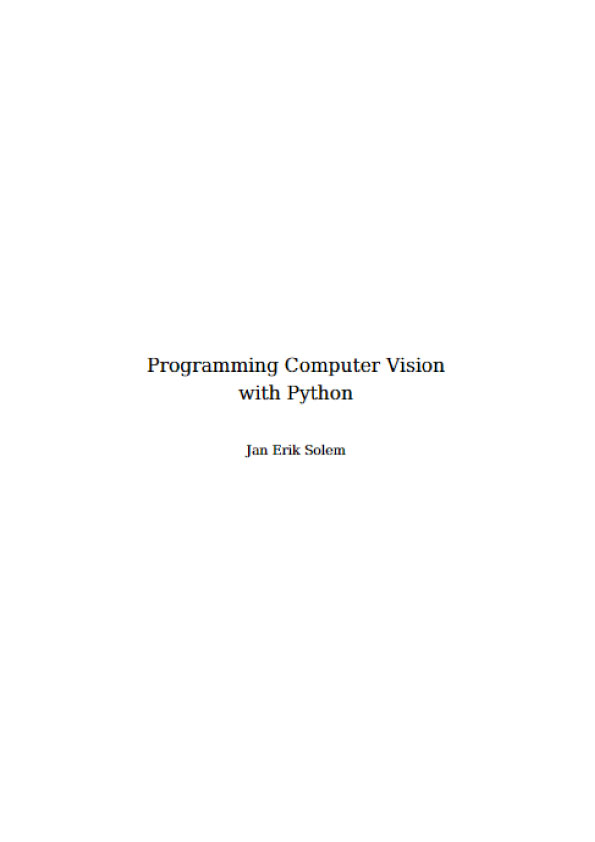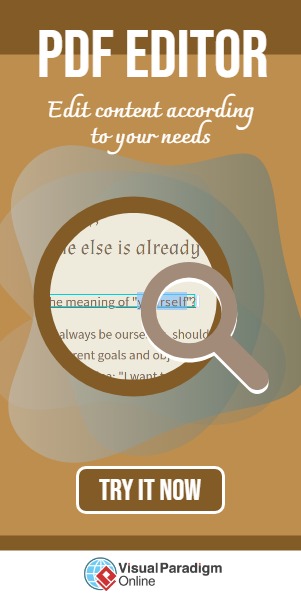Prerequisites and Overview
What you need to know
- Basic programming experience. You need to know how to use an editor and run scripts, how to structure code as well as basic data types. Familiarity with Python or other scripting style languages like Ruby or Matlab will help.
- Basic mathematics. To make full use of the examples it helps if you know about matrices, vectors, matrix multiplication, the standard mathematical functions and concepts like derivatives and gradients. Some of the more advanced mathematical examples can be easily skipped.
What you will learn
- Hands-on programming with images using Python.
- Computer vision techniques behind a wide variety of real-world applications.
- Many of the fundamental algorithms and how to implement and apply them yourself.
The code examples in this book will show you object recognition, content-based image retrieval, image search, optical character recognition, optical flow, tracking, 3D reconstruction, stereo imaging, augmented reality, pose estimation, panorama creation, image segmentation, de-noising, image grouping and more.
Chapter Overview
Chapter 1 Introduces the basic tools for working with images and the central Python modules used in the book. This chapter also covers many fundamental examples needed for the remaining chapters.
Chapter 2 Explains methods for detecting interest points in images and how to use them to find corresponding points and regions between images.
Chapter 3 Describes basic transformations between images and methods for computing them. Examples range from image warping to creating panoramas.
Chapter 4 Introduces how to model cameras, generate image projections from 3D space to image features and estimate the camera viewpoint.
Chapter 5 Explains how to work with several images of the same scene, the fun- damentals of multiple-view geometry and how to compute 3D reconstructions from images.
Chapter 6 Introduces a number of clustering methods and shows how to use them for grouping and organizing images based on similarity or content.
Chapter 7 Shows how to build efficient image retrieval techniques that can store image representations and search for images based on their visual content.
Chapter 8 Describes algorithms for classifying image content and how to use them recognizing objects in images.
Chapter 9 Introduces different techniques for dividing an image into meaningful regions using clustering, user interactions or image models.
Chapter 10 Shows how to use the Python interface for the commonly used OpenCV computer vision library and how to work with video and camera input.



